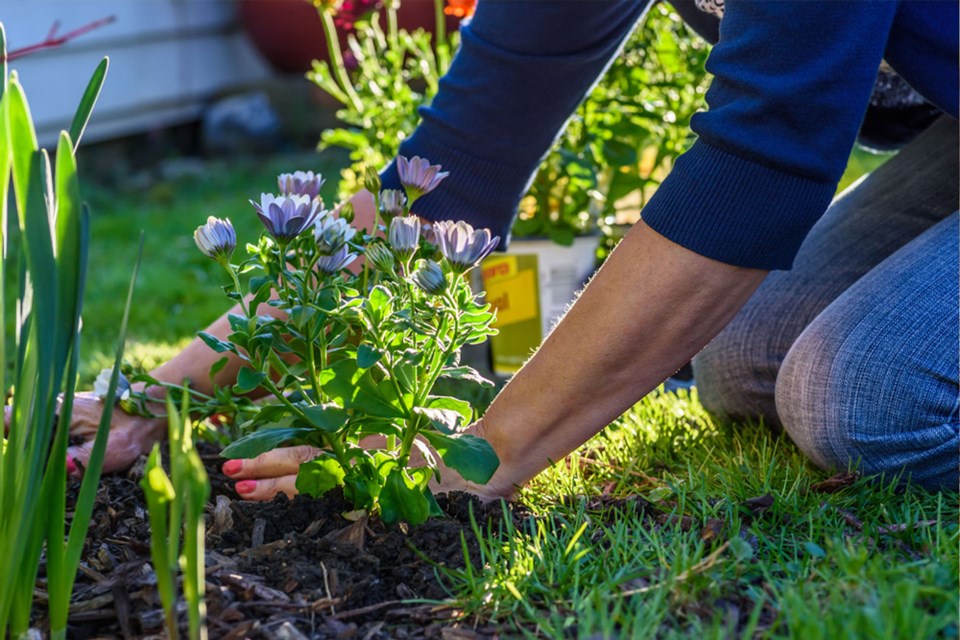The days may be getting slightly shorter as we head into the remaining weeks of summer, but it’s not too late to plant some perennials to give your garden an added splash of colour.
“You can plant most perennials right up until October in our climate,” says Lacey Hunniford of Hunniford Gardens.
But there are some important things to consider before you head out and pick up your new plants to ensure they not only survive but also thrive.
Chief among them is knowing if they will do well in the spot you’ve picked.
“If you choose a perennial that does well in full sun, make sure it is planted where it can get full sun,” Hunniford says. “Same goes for those plants suited for part shade. Put them in a shady area.”
Then check your soil conditions.
“Is there standing water? Are things green and lush? That would indicate drainage may not be good,” Hunniford says. “So, choose perennials that like it a little more moist.
“For clay, it holds moisture better, but the particles are so small that the nutrients get locked in the sticky soil. You need to break up that clay with compost or peat moss.
“If your soil is sandy, it’s not going to retain water. So, you will need to add material, again like compost and peat moss,” Hunniford says. “And add nutrients, because sand tends to have them washed out.”
As for nutrients, one of the best ways to help a newly planted perennial adapt is to provide it with the right fertilizer.
“We recommend bone meal as a transplant fertilizer. You put a handful in the bottom of the hole and mix it in,” Hunniford explains. “But if you have problems with dogs, who might get curious, a better alternative would be superphosphate.”
Both encourage root development.
And don’t forget to water your new perennials deeply and infrequently.
“That means a sprinkler isn’t going to cut it,” Hunniford says.
If you water once a day, you’re going to train the roots to look for water at the surface of the soil, she adds.
“So, rather than the roots going down, they will go up. And that means as soon as the soil near the surface dries out, the main roots of the plant also get dry.
“If you give it a deep water, it will take longer to evaporate and the roots will look downward for water, which in drought conditions will be more likely to survive because a well-rooted plant is sturdier.”
For more tips on how best to choose and plant perennials in your garden, visit Hunniford Gardens online at hunnifordgardens.com and click on the “Learning Library” tab.



